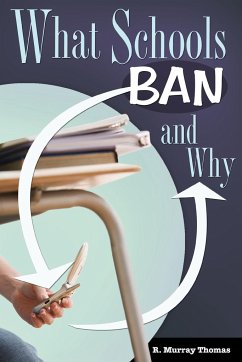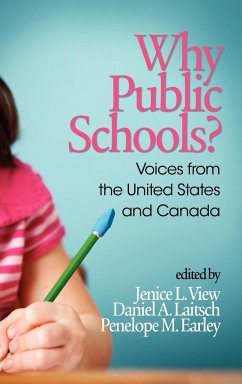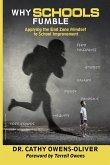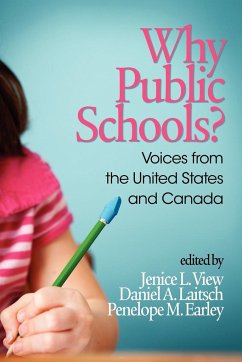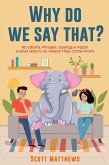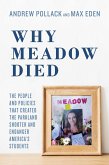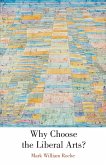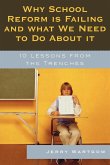Schools in the United States have historically banned many different things. From clothing to weapons, from cell phones to books, schools have implemented various types of censorship and restrictions on their students for a variety of reasons and with a variety of results. This book's purpose is to describe the various things banned in schools, the reasons behind attempts to ban such things, the types of people who approve of censoring those things and the types who do not, the outcome of representative cases of censorship, and suggestions for school personnel about how to cope with bans. Each chapter addresses the same sequence of topics: a particular type of ban's domain and historical background; representative cases of the ban's application; ban supporters and their methods; ban critics and their methods; and ways of resolving conflicts over the ban. While some may argue that cell phones are necessary in today's school setting, others would suggest they are disruptive. While some may argue The Catcher in the Rye should be banned, others may say it is essential reading for American students. More recently, some schools have banned all of the Harry Potter books from their library shelves. Few would argue that a ban on weapons is a bad thing, but who determines what should be considered a weapon? In some schools, restrictions are placed on Web access, but who decides what to allow and what not to allow? Where do the lines get drawn? Here, Thomas reviews the many areas of censorship in our schools and helps readers draw their own conclusions.
Hinweis: Dieser Artikel kann nur an eine deutsche Lieferadresse ausgeliefert werden.
Hinweis: Dieser Artikel kann nur an eine deutsche Lieferadresse ausgeliefert werden.

